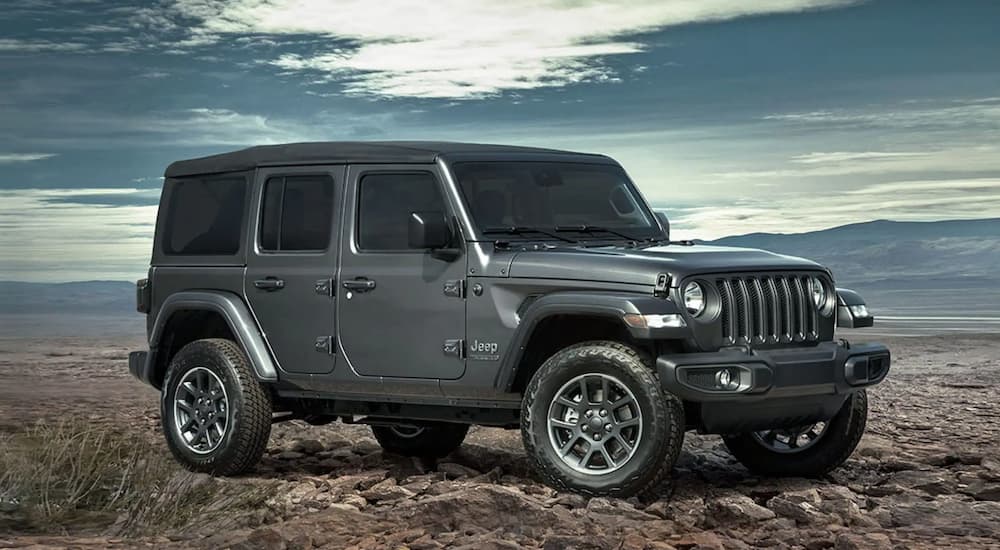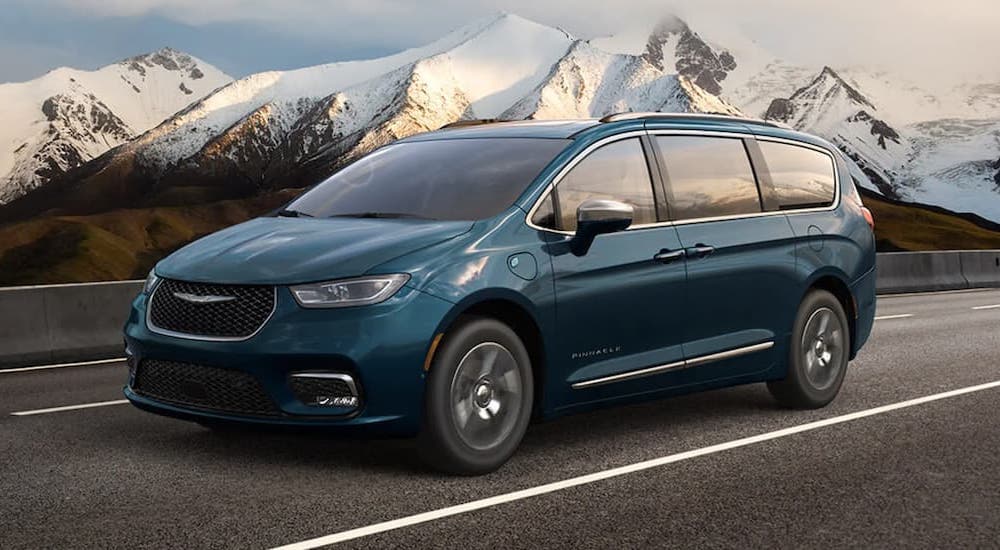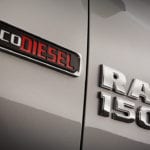When you see the words “fuel efficient,” your first thought is probably “EV.” The image of a sleek, high-tech rocket car running off idealism and hope is what most think of. We know, electric vehicles are technically not fuel-efficient because they don’t run on fuel, but they represent the current greenest option available. However, these types of vehicles are not the only economical options out there. There are many fuel-efficient used cars for sale that offer fantastic features and style while still making efficiency a priority. Just as the aesthetic tastes of the world change, so does the interest in how our cars run. People these days are more eco-conscious and don’t want to drive gas-guzzling machines, but also don’t necessarily want to switch to an electric option. Fuel-efficient cars are the middle ground between these ideals, and they are the way of the future.
The Efficiency Initiative
Fuel efficiency can be measured by the distance a vehicle can go on a single gallon of gas. This measurement is referred to as miles per gallon or MPG. Hybrids are going to be the most fuel-conscious because of their mix of engine and battery power (with EVs being considered the most “fuel-efficient” because they don’t use any fuel), but that does not mean that those are the only options out there.
With so much pressure to see change, initiatives are focusing on making changes to sustainability and decreasing greenhouse emissions. The Vehicle Technologies Office (VTO) has the specific job of researching strategies to reduce greenhouse emissions and improve efficiency. One area of research the VTO focuses on explores combustion strategies to build a more efficient combustion system. The VTO focuses on three specific strategies, low-temperature combustion, lean-burn gasoline combustion, and clean diesel combustion. All the issues that VTO addresses directly relate to engine downsizing and boosting. Turbo engines are, in essence, downsized engines that have a boosted output. The VTO works on improving both light-duty and heavy-duty vehicles.
With the ever-growing competition from non-traditional vehicles, it can be difficult to see the efficiency available in traditional internal combustion vehicles. However, with incredible advancements in tech and the automotive industry, efficiency is more attainable than ever before. Turbo engines are giving us the power we want and the fuel efficiency we are looking for.
It’s Turbo Time
A turbocharged engine consists of a turbine that is driven by the exhaust. The exhaust is compressed and then forced into the engine, producing an abundance of oxygen, allowing the engine to burn gasoline quicker. This type of system means that more power can be produced by a smaller engine. The popularity of turbocharged engines has risen drastically in recent years. One reason is that turbocharged engines offer an increase in fuel efficiency. Since sufficient power can still be produced using smaller, lighter-weight engines, vehicles can run more efficiently while still producing the horsepower we crave. Furthermore, since turbocharged engines utilize exhaust waste, there is less waste expelled which means cleaner output.
Fuels of the Future
Traditional fuel is on its way out, and there are several reasons why. The most obvious reason is that gas can be expensive. As we have clearly seen throughout the years, gas prices can fluctuate dramatically and are affected by the smallest (and biggest) changes in any market, political, or world condition. You can’t always plan for how much gas is going to cost on any given day you go to the pump.
Additionally, fossil fuels are not a sustainable option, so efforts have been made to explore alternative fuel options. Coal, oil, and natural gas are all forms of fossil fuels. They are found within the earth and take millions of years to form. Obviously, that means we will not be able to wait for more to be made. Biofuels are a major contender to help us in the future. Biofuels are derived from biomass. Biomass refers to any carbon source, such as trees or crops, that can be replenished quickly. Of course, if it’s less than a few million years, we’re already headed in the right direction.
The resources and attention supplied to biofuel development have resulted in a steady increase in production and consumption. There are also incentive programs designed to encourage the switch to biofuels. Renewable Fuel Standard (RFS) Program and California’s Low Carbon Fuel Standard (LCFS) are two examples. Most biofuels do still require some sort of petroleum product, though. Ethanol, Biodiesel, Renewable Diesel, renewable heating oil, renewable jet fuel, renewable naphtha, renewable gasoline, and some other renewable biofuels are still being developed for future use.
While biofuels are not at a commercial level yet, there are still some car innovators making the most out of this unconventional fuel. Older model diesel cars can use certain biofuels as opposed to fully-diesel fuel. This improves gas mileage and decreases the vehicles’ impact on the environment. Although diesel SUVs and trucks are still being produced, it is not as easy to come by new diesel cars.
So, if you are in the market for a vehicle you can put biofuels into, the used market is the way to go. It can be easy to consider “used” as a symbol of the past, but with the ability for older cars to use biofuel, it would appear used vehicles are a futuristic solution. And, since many used cars even have the same features as their new counterparts, such as rain-detecting windshield wipers and adaptive cruise control, you get a vehicle that is fuel efficient and techy.
It’s All About That Make
Criticisms were once hurled at drivers who chose “gas-guzzlers” due to their desirable qualities, like an increase in horsepower, over greener vehicles and their world-saving attributes. Even now, we feel that overwhelming pressure to choose an environmentally friendly car, even if we feel we must sacrifice the extras we crave in our vehicle. But unlike before, you don’t have to suffer metaphorical stones being thrown to enjoy the luxuries of a high-performance, decked-out ride.
SUVs come to mind when considering performance trumping efficiency. However, this is not always the case, and there are some stellar options out there. Take, for instance, the 2021 Jeep Gladiator. Your initial impression when seeing the words “Jeep” is most likely akin to the metaphorical stone throwers, but with a turbocharged engine, efficiency is not sacrificed for performance.
The 2021 Jeep Gladiator with the turbo-diesel engine gets 22 MPG in the city and 28 MPG on the highway. Additionally, the Jeep Gladiator is diesel, which means you can use some biodiesel blends rather than straight diesel fuel. Offering cutting-edge tech for a reduced-price tag makes this Jeep a great option when it comes to something performant and efficient.
With so many more used cars than new cars hitting the market every year, there is a good chance you’ll find a car that is energy efficient and offers a style to fit your needs. Although electric and hybrid vehicles are becoming more popular, they are not an option for everybody. So, make sure you are looking for vehicles that already have a high fuel economy rating, or check out models that can also burn biofuel.
What’s the Problem With Going Electric?
To begin, electric vehicles and hybrids are usually more expensive than traditional vehicles. Take, for instance, the Chrysler Pacifica. The newest Chrysler Pacifica starts at about $37,000 for the base model. The Chrysler Pacifica Hybrid base model starts at a little over $47,000. A $10,000 initial price bump can be substantial to someone counting pennies.
The Jeep Wrangler 4xe, which is a hybrid vehicle, cost you around $51,000 for a new 2021 model, whereas you could get a 2021 Jeep Wrangler Sport, which is a traditional vehicle, for around $29,000. Although the features aren’t completely comparable, if you are in the market for a used Jeep, the hybrid will clearly cost you more from the get-go.
Additionally, refueling an internal combustion engine vehicle is much easier than charging a hybrid or EV. Gas stations are everywhere. Look out your window right now, and you will probably see one, but charging stations are not as easily accessible. If you drive an EV or hybrid, you have to be concerned about where a charging station is and how long it might take to charge your vehicle. Just to add 100 miles to your driving range, it can take hours upon hours of charging, depending on the vehicle and the charging station type. While you can charge at home, which is more convenient than stopping at a gas station, this is only a good option if you are not traveling long distances at one time. Otherwise, you are going to be stuck somewhere for, at minimum, forty-five minutes while waiting for your vehicle to regain some charge.
The idea of electric and hybrid vehicles is nice, but right now, they are not the most feasible option for most. Affordability, accessibility, and even maintenance can all spell a resounding no for many. The simple truth is that fuel-efficient cars make more sense. They are more attainable than hybrids or EVs, and they work now without having to make any major changes to city infrastructures or homes.
Just the Beginning
Fuel-efficient used cars are the future of sustainability. With such a massive used car market available to us, there is a vehicle type for everybody, and many of those used vehicles offer cutting-edge technologies and impressive fuel-saving benefits. Thanks to depreciation, changing tech, and recent advancements in engine design, you will still be able to get a car that is better for the environment without sacrificing any of the other things you enjoy in a vehicle.
Government initiatives are working towards alternative fuel options, and science and mechanics are improving ICEs through advances like the turbocharged engine. You don’t have to be rolling in the dough to enjoy the benefits, and getting your hands on a fuel-efficient vehicle right now is easy. While the future of the car market seems to be trending towards EVs, there is still a lot that needs to happen before they can be a viable option for the majority of people. For now and for the near future, finding a fuel-efficient gas-powered vehicle is the way to go.






